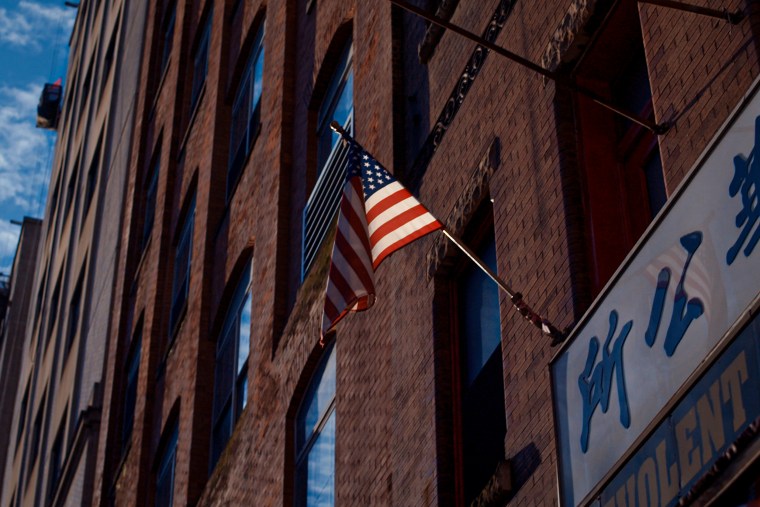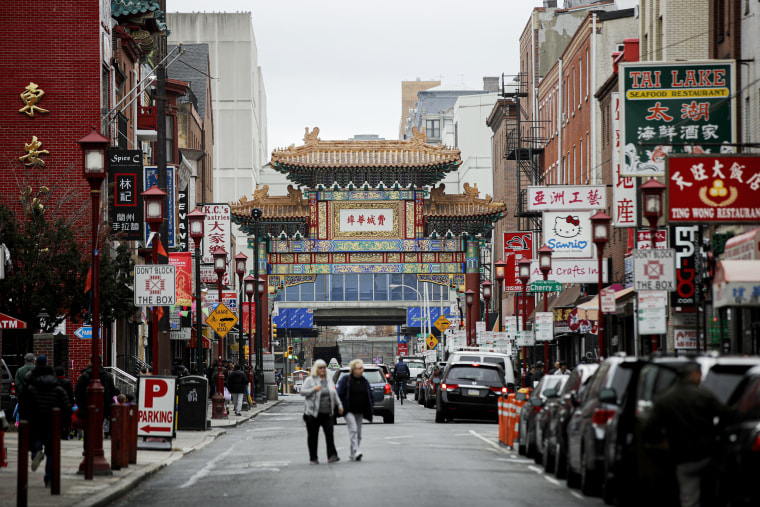Transportation Secretary Pete Buttigieg said it’s up to the federal government to remedy its past infrastructure wrongs that have harmed valuable local communities.
A video on the subject, shared first with NBC News on Monday, highlights the “Chinatown Stitch” project, an urban design initiative to cap over the Vine Street Expressway in Philadelphia’s Chinatown with green space. For years, the expressway cut the community in two and drew criticism over its displacement of community members, safety concerns and air and noise pollution, among other issues.
“Infrastructure and transportation are supposed to connect, but in too many cases they have served to divide,” he said. “The bottom line here is that federal dollars often contributed to these divisions in the past. So federal dollars should be part of the solution.”
The city of Philadelphia received a $159 million grant, announced in March, for the Chinatown Stitch project. The funding is part of the Transportation Department’s Reconnecting Neighborhoods and Communities program, which aims to reconnect communities that were cut off by transportation infrastructure decades ago. Many of the neighborhoods in these communities were left with little access to schools, places of worship and other opportunities. In the case of Philadelphia’s Chinatown, a cap would cover over part of the 1.75-mile east-west highway that goes underground to slow traffic and reclaim space.
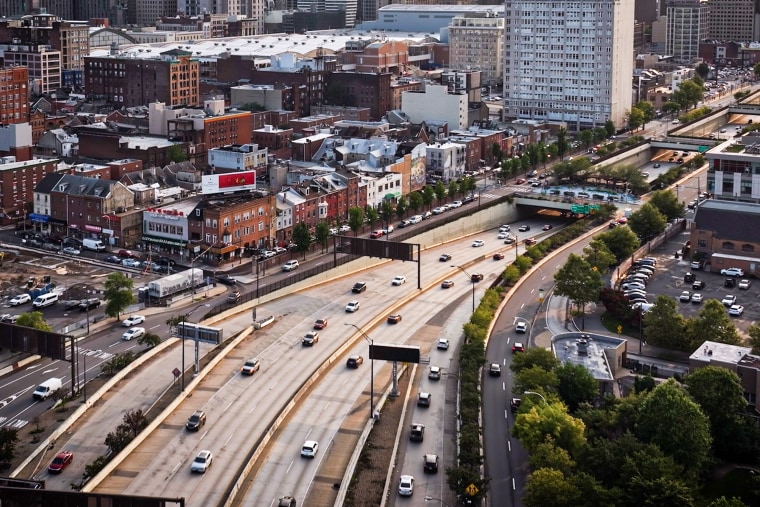
Buttigieg said the community will be at the helm of the planning process.
“We are not providing the plans. We’re providing the funding,” he said. “The idea is that the projects come from the community. They don’t get invented at our headquarters in Washington.”
In the video, the second installment of the Transportation Department’s “Investing in America” series, Cecilia Moy Yep, a longtime local advocate known as the “Godmother of Chinatown,” describes how the community attempted to fight back against the expressway’s construction, starting more than 50 years ago. Yep herself faced displacement at the time.
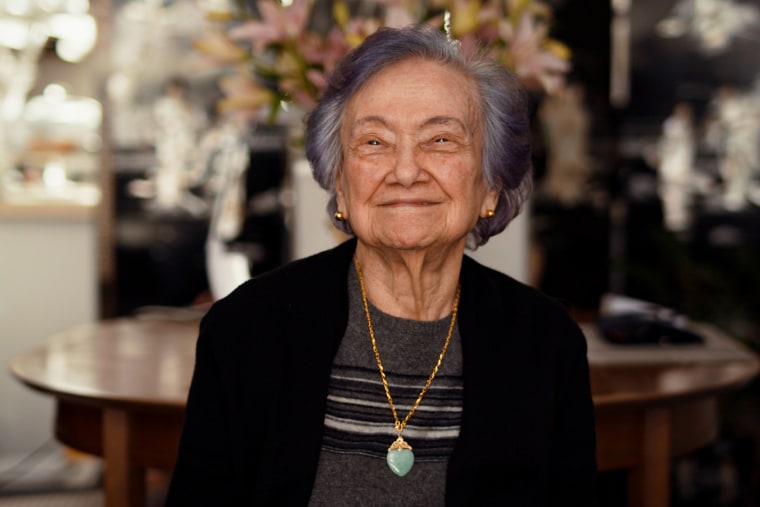
“They told us about the Vine Street Expressway at a public meeting, and that was in March of ’66,” Yep, 94, said in the video. “I myself was evicted and they were telling me, ‘You’re being evicted by eminent domain,’ and I didn’t even understand what that was. They started calling this house that I owned the ‘Chinatown Alamo.’”
Despite the community’s resistance, Yep said in the video, the state argued that the expressway “was a necessity.” When it was finally completed decades later, in 1991, the expressway proved deeply harmful to the Chinatown community, which was essentially cut into halves. With elders and families regularly crossing the highway, 839 people were involved in crashes in the area from 2018 to 2022, John Chin — executive director of a community-based nonprofit group founded by Yep, the Philadelphia Chinatown Development Corp. — said in the clip.

A news release from Philadelphia’s Office of Transportation and Infrastructure Systems said “significant portions” of the neighborhood were demolished in the construction process.
“The Chinatown community and surrounding neighborhoods have long suffered the ill effects of the Vine Street Expressway I-676,” the press release said. “With over 100,000 vehicles a day passing through, the expressway presents ongoing problems including traffic crashes, threats to pedestrian safety, traffic congestion, and air and noise pollution. Clearly, an infrastructure solution is needed to address these harms.”
Chin said the Chinatown Stitch would help cover over the functioning expressway with more open space and green space, as well as adding bike lanes to the area.
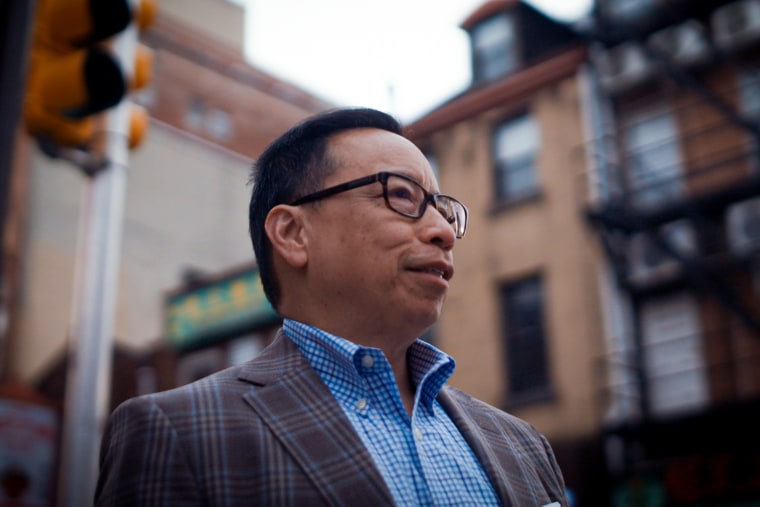
“This heals some of the difficult challenges we’ve had in separating our community,” said Harry Leong, president of the Philadelphia Suns, a local nonprofit group that aims to foster community through sports and volunteering.
Buttigieg said the harm that the Chinatown community has long faced is particularly striking, as it “played out in slow motion.”
“Residents talk about trying to change or fight what was happening to them going back all the way to 1966,” he said. “The question, of course, is what we can do in our time that will make a difference. And in many of these communities, there’s a vision also from the community about what to do next.”
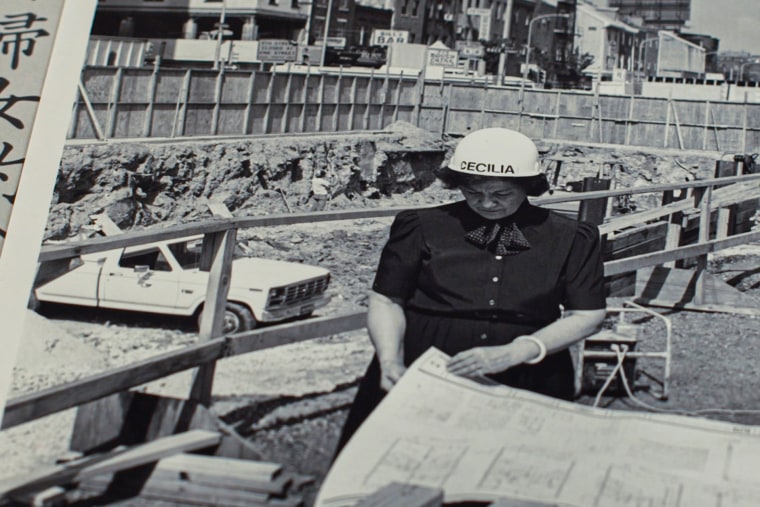
He added that community feedback is a necessary part of any future projects and building trust with those who have faced decades of harm.
“Matter of fact, we won’t support a project that hasn’t gone through the appropriate steps to engage members of the community,” he said. “It doesn’t mean 100% of people can align on a particular plan 100% of the time, but it certainly means that a project cannot be forced on residents in the way that we saw far too often in the past.”
Neeta Patel, a Chinatown advocate and board member of nonprofit group Asian Americans United, said the change is “long overdue.” She also applauded organizations like the Philadelphia Chinatown Development Corp., which are involved in the planning, for listening to community concerns and collecting feedback from residents.
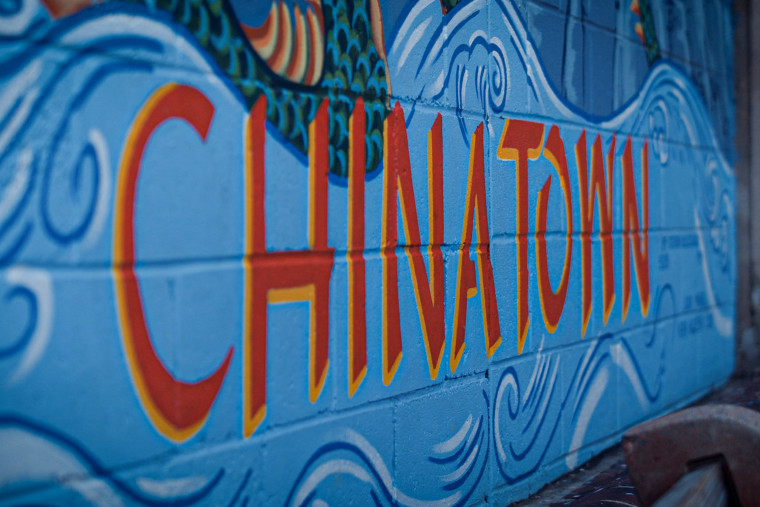
“It’s clear that those highways were a mistake,” Patel said. “We’re happy that there are investments and planning being done to stitch that community back together.”
However, Patel underscored that the project doesn’t erase the long-term harm and serious ongoing issues that residents have had to endure.
“Members lost their homes. The community lost cohesion,” she said. “There is noise. There is a lack of green space already. And we definitely don’t know what all the repercussions from all the years of pollution have been. And so the goal of the stitch is to take a few blocks and to reconnect the community, but they’re still grappling with all these issues.”
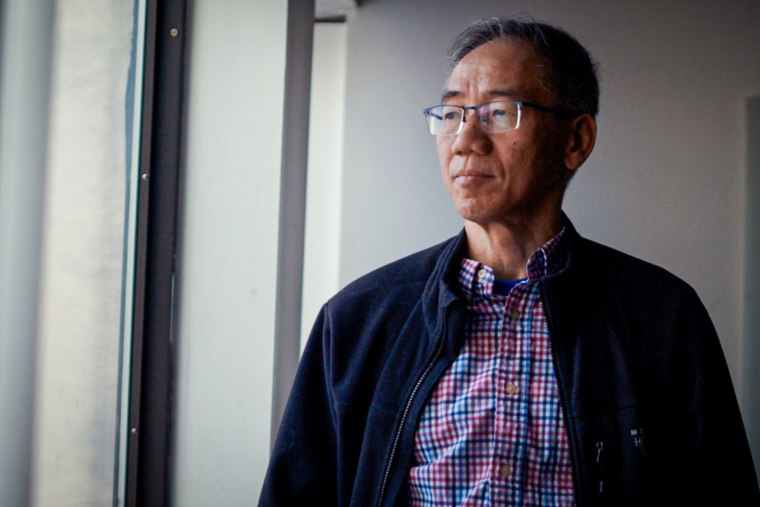
Citing the controversial plan to build an NBA arena for the 76ers in the Chinatown area, which has drawn criticism for its potential environmental and economic impacts on the neighborhood since it was proposed in 2022, Patel said the city needs to work with the community and keep any future development from harming their Chinatown.
“I think the city of Philadelphia has a chance to learn from this history, and we can do better,” Patel said. “We really hope that the reparations done to connect Chinatown … is a step in the right direction. But let us not displace and create the havoc that has already been created. Let’s not replicate that anywhere else. Let’s build better.”
